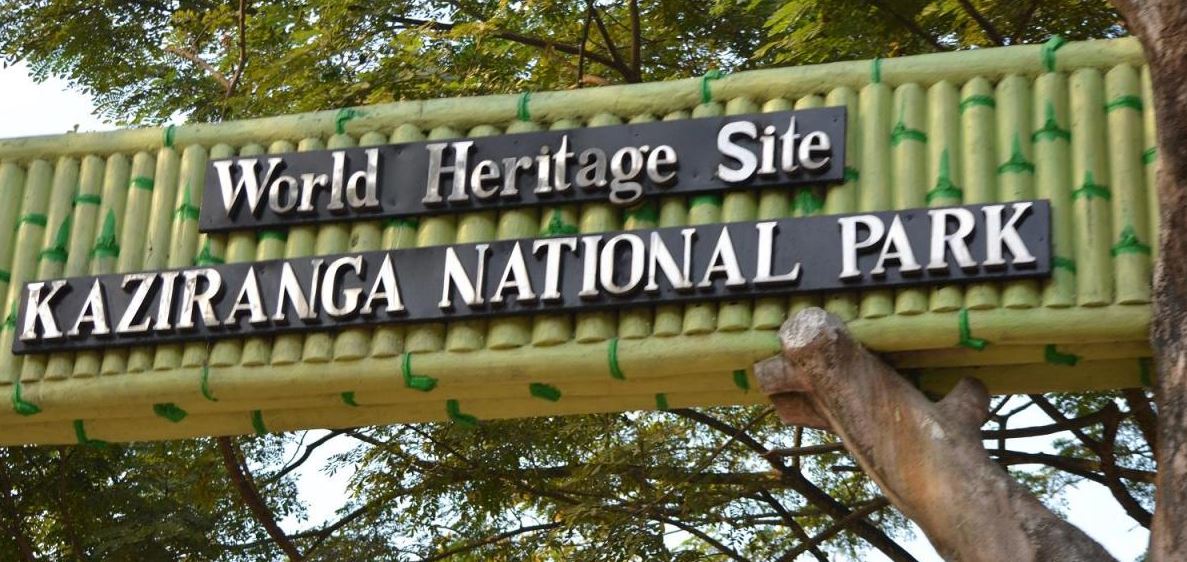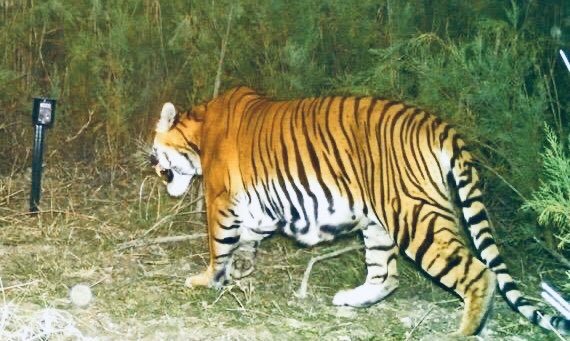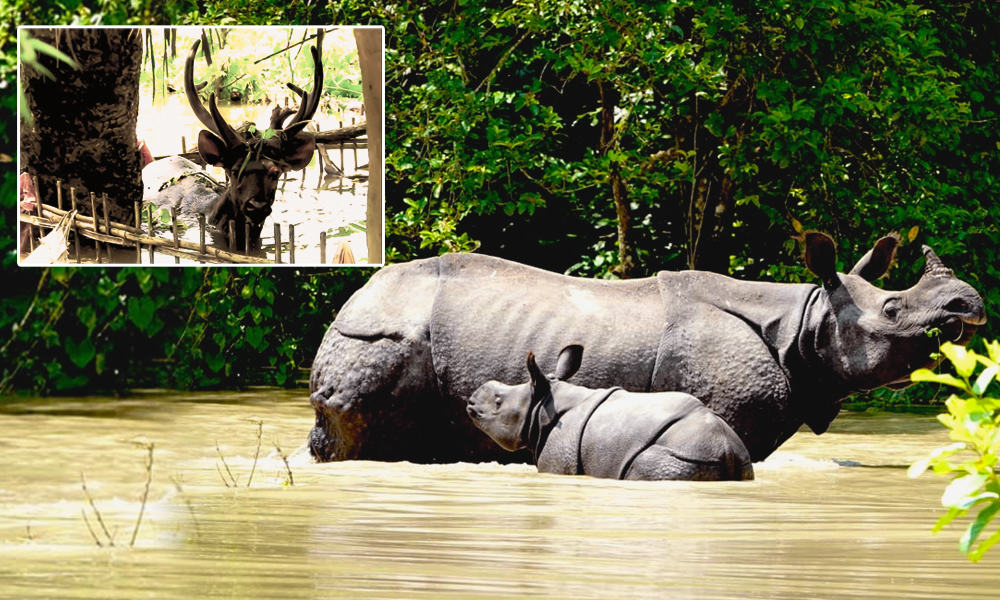
Kaziranga National Park Takes Significant Steps toward Vulture Conservation
Kaziranga National Park and Tiger Reserve (KNPTR), located in Assam, India, and recognised as the country’s 7th UNESCO World Heritage Site, is making notable progress in the conservation of vultures, an official announced recently on 8th September 2025. The national park, renowned globally for its population of one-horned rhinoceroses, is now actively involved in protecting critically endangered vulture species as part of its broader commitment to wildlife conservation. Sonali Ghosh, Director of KNPTR, stated that with strong technical and financial support from the Central Zoo Authority (CZA) and in partnership with several organisations, nearly 800 vultures are currently being maintained across 8 specialised conservation breeding centres in India. These efforts are part of a large-scale national mission to restore the declining vulture population, which suffered a sharp collapse during the mid-1990s.
The population crash of vultures in India has been attributed primarily to the widespread use of the non-steroidal anti-inflammatory drug (NSAID), diclofenac, in veterinary practices. Vultures feeding on the carcasses of animals treated with diclofenac suffered fatal kidney failure, resulting in a drastic decline in their numbers. Recognising this threat, the Indian government banned the veterinary use of diclofenac in 2006, though other harmful NSAIDs such as aceclofenac, nimesulide, and ketoprofen continue to pose risks.

In a significant development, the Assam Forest Department, in coordination with the Ministry of Environment, Forest and Climate Change (MoEFCC), the Bombay Natural History Society (BNHS), and CZA, is planning to release captive-bred vultures into the Kaziranga Tiger Reserve. Director Ghosh explained that once CZA approval is granted, the plan is to introduce 30 white-rumped vultures and five slender-billed vultures from the Vulture Conservation Breeding Centre in Rani, Kamrup district, into the Nagshankar range of Kaziranga. The soft-release site is currently being prepared, including the construction of aviaries to support a gradual adjustment of the birds into the wild. In addition, local communities are actively engaged through awareness campaigns to encourage participation and understanding of the vulture conservation initiative.
Kaziranga National Park is widely celebrated for its remarkable biodiversity. Besides its famous one-horned rhinoceroses, the park is home to large populations of elephants, wild water buffalo, swamp deer, and numerous bird species, including migratory birds from across the world. The park spans over 1090 sq km along the floodplains of the Brahmaputra River and plays a crucial role in regional ecological balance.
Director Ghosh emphasised that the vulture populations in India are slowly showing signs of recovery, thanks to targeted conservation breeding efforts and stricter regulations on toxic drugs. The Action Plan for Vulture Conservation in India (2020–2025) provides a consolidated strategy, combining habitat preservation, captive breeding, and community involvement to support long-term vulture survival. Through these combined efforts, Kaziranga National Park aims not only to protect its flagship species but also to become a key site for vulture restoration, contributing significantly to India’s wildlife conservation goals.


